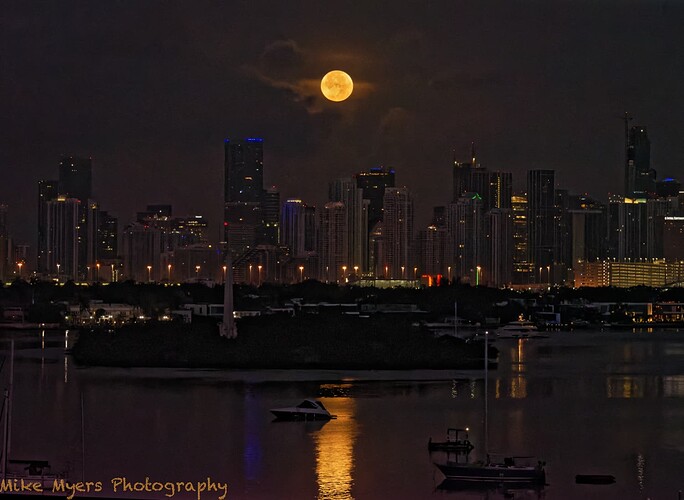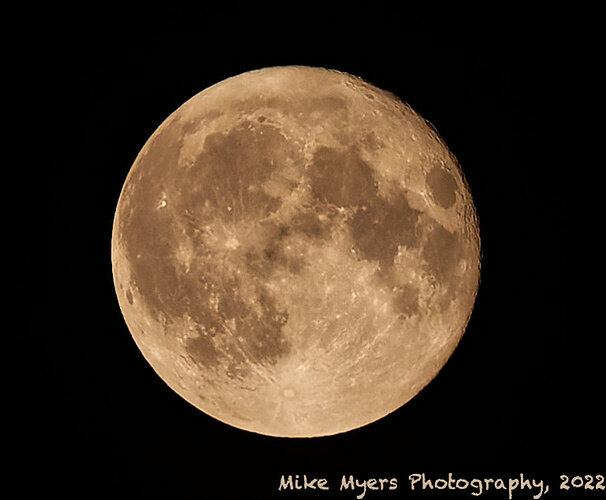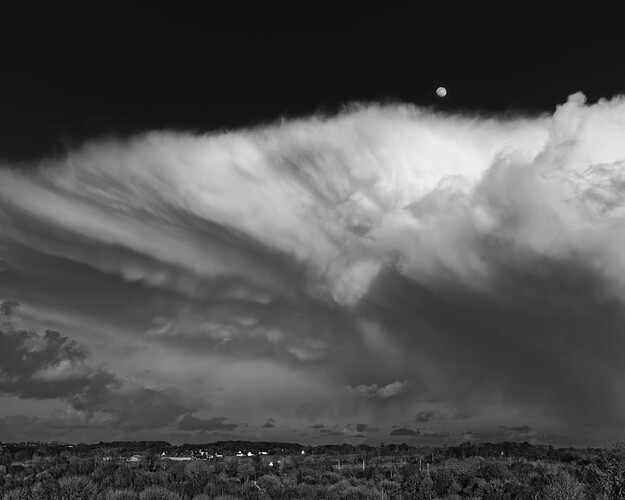A couple of days ago we had something called a “Strawberry Moon”, a special occasion when the moon appears larger and brighter, and often takes on a “tan” color. You can watch this video to understand: https://www.youtube.com/watch?v=xLF8lgmwW40
Anyway, I woke up at 2am and spent an hour or so capturing a photo of the moon that I liked. I’ll copy that below later today - it’s on a different computer.
I woke up several hours later, and saw the moon setting over the Miami skyline. I took a series of photos, trying lots of things. Without a graduated neutral density filter, I was stuck - Miami was too dark, and I couldn’t get a city-scape, and when I tried, the moon (lit by sunlight) was blown out completely. Two things started to happen after almost an hour of trying - on the good side, the sun started to come up (behind me) so the view was getting lighter, but the moon was dropping down into a lot of clouds, blocking my view, and eventually vanishing behind the clouds.
I tried editing my bracketed photos using Photomatix, and got horrible, ugly results. I gave up on that. I considered combining two photos, one exposed for the moon, and one for the city, but figured that would be fake. Out of all the images, I found one that started to show the city, but had enough detail in the moon where I could make it look presentable, which also brought out the clouds.
Someone with more skill than I possess could probably make this look better, but this is the best I could do. The ISO was very high, and the photo has horrible grain, but PhotoLab made it look presentable. I replaced the “pipe” in the file name with a “-” character so it ought to open properly in Windows and Mac.
I was wondering what I could have done better, to capture a very bright moon, and a very dark “landscape” below it. The people I sent this final image to like it, but I had hoped the city would look better.
I’m creating a new thread for this, as most photos don’t have such an extreme brightness range.
(The jpg image was created from a non-windows friendly file.)
MM2_1855 - 2022-06-14.nef (31.1 MB)
MM2_1855 - 2022-06-14.nef.dop (14.0 KB)
Note - The ‘jpg’ image I posted shows up without the pipe symbol that was in the image I uploaded. No idea how or why this happened. Check the screen capture below, and compare it to the file name displayed above for the ‘jpg’ - the pipe is missing…
![]()



